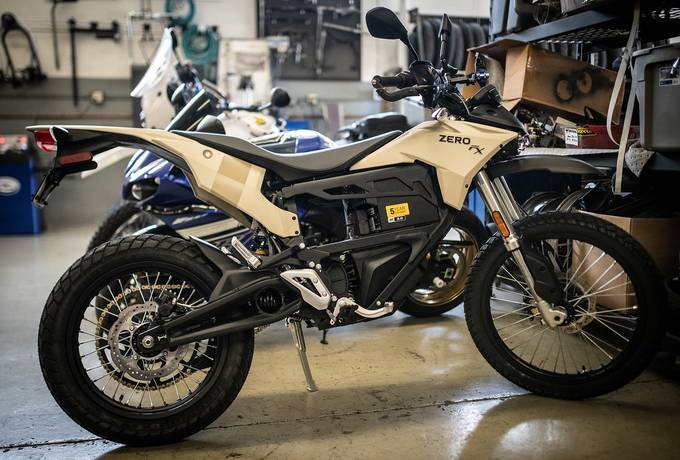Word Order Matters
English is mostly uninflected (it doesn’t have many word endings) so word order makes a difference. Here’s a good example; first two panels:
Greek, for example, is heavily inflected, so word order doesn’t matter so much. The endings tell what words connect to each other. In fact they have a literary technique called chiasmus where the first half of a sentence has the parts of speech in the exact opposite order as the second half. You can’t do that in English. I don’t think. Try to do it and submit your suggestion in the comments.
Subscribe to this blog's RSS feed
A Sentence Out of Order
A rule in English is to put modifiers as close to what they modify as you can. Adjectives generally go directly before the noun they modify, a blue car, for example. (Except for post-positives such as “malice aforethought.”)
Adjectival phrases can go afterwards, but what do you do when you have more than one of those phrases? You put the phrase as close as you can to the thing it modifies. Here’s a guy who didn’t:
Decades ago, psychologist Benjamin Libet monitored subjects’ neural activity while they chose to hit a button, and he discovered a burst of activity preceding the conscious decision to push the button by a split second.
https://blogs.scientificamerican.com/cross-check/my-go-to-arguments-for-free-will
What does that split second refer to? It refers to the burst of activity, not pushing the button! He didn’t need so many big words, either. How about this:
… he discovered a burst of activity a split second before the decision to push the button.
Well, I think the sentence is easier to follow now.
This sort of thing is part of good writing. No clear-cut rule, just good judgement.
- When you write, think how you might be misunderstood, and don’t do that.
- Try not to cause bumps for your reader.
About that Apostrophe
Okay, so where does the apostrophe go?
Not before the “s,” not after the “s.” You remove it! This is another of those uncommon cases in English where you put the adjective after the noun, such as “court martial” and “attorney general.”
Can you think of any others?
Rearrange That Sentence!
I think I’ve mentioned sentences with more than one modifier a couple times recently. Here’s another one that puts them in the wrong order:
There was another in the service bay being outfitted for a customer that looked sweet.
https://www.cake.co/conversations/8V4znk5/i-went-to-san-jose-bmw-to-test-ride-a-zero-electric-motorcycle-and-got-distracted-by-serious-eye-can
Sweet-looking customer, eh? Here’s what looked so sweet:

The sentence should read, “There was another one that looked sweet in the bay being outfitted for a customer.”
Remember: Put things next to what they go with!
Get Your Affairs in Order!
The rule of thumb in writing is that you should put modifiers as close as possible to what they modify. If you don’t, you end up with a sentence that your readers have to figure out. Here’s an example:
The project tells the story of how water shapes the planet using aerial photography to deliver a series of stunning images that sit on the border between abstract art and documentary realism.
https://newatlas.com/water-shapes-earth-milan-radisics-aerial-photography/58023/
Wait! The water uses aerial photography??? That’s what the sentence says. You get a little jolt reading the sentence, don’t you? Here’s what the writer actually means:
The project uses aerial photography to tell the story of how water shapes the planet, delivering a series of stunning images that sit on the border between abstract art and documentary realism.
Both sentences are grammatical, but now the flow is better. A serious intellectual problem to decipher the sentence? No. Most anyone should be able to figure out what the writer means. But here’s the rule:
Bad writing must never be justified with the excuse that the reader will figure it out.
PS—Here’s one of the pictures:

(Credit: @water.shapes.earth by @Milan Radisics)


